The Dos & Don'ts of Japanese Etiquette
The importance of politeness
Japan is a country where manners matter deeply as a quiet, thoughtful form of respect for others. From ancient samurai codes to Zen teachings and Confucian values, Japanese etiquette has long been guided by a deep sense of respect, harmony, and social awareness. At its heart is the concept of “wa” (和)—the idea of maintaining peace and balance within a group. In practice, this means thinking not just about yourself, but about how your actions affect those around you.
Even language reflects this: Japanese is full of layers of politeness depending on whom you’re speaking to and in what context. Unlike English, where we might adjust our tone or add a “please,” Japanese has entirely different words, verb forms, and phrases depending on who you’re speaking to and what your relationship is.
There are 3 levels of politeness in Japanese:
😊 Casual (informal) – Used with close friends, family, or people of equal status.
🎩Polite (teineigo) – The standard for most everyday conversations with people you don’t know well, like hotel staff or shopkeepers.
👑Honorific / Humble (keigo) – Reserved for very formal situations, or when speaking to someone of higher status, like a manager, elder, or important guest.
As a traveller, you’re not expected to master every detail. But learning a bit about these customs opens a window into the heart of Japanese culture. Because in Japan, politeness isn’t just about following rules. It’s about moving through the world with grace, awareness, and respect for others. And that’s something any traveller can appreciate.
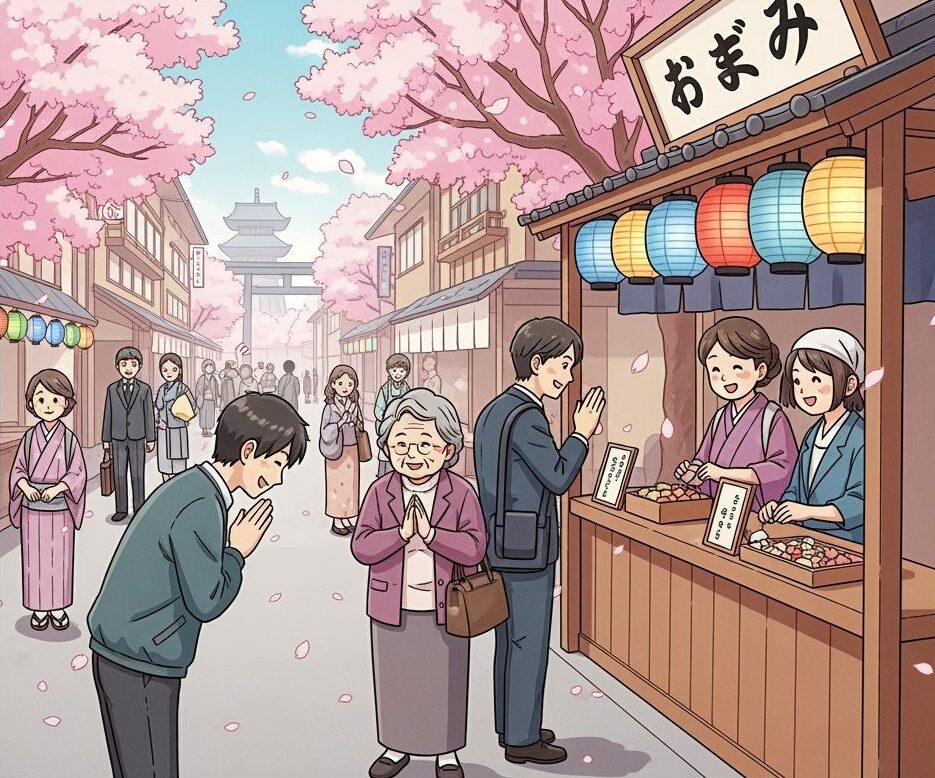
Here are some dos & don’ts to help you embrace Japan’s culture:
Do practice your bow 🙇
Bowing (ojigi) in Japan is one of the most visible aspects of Japanese etiquette and it varies depending on the situation, setting, and relationship between people.
Common Types of Bows:
Eshaku (15°) – A light nod used for casual greetings or passing someone in a hallway.
Keirei (30°) – A deeper bow used in more formal situations, like greeting a customer or thanking someone properly.
Saikeirei (45°+) – A very deep, respectful bow used for serious apologies, meeting someone of very high status, or expressing deep thanks.
When Do People Bow?
Greeting or thanking someone
Apologizing
Meeting someone for the first time
Entering or leaving a business meeting
Visiting temples or shrines (a small bow at the gate or altar)
Accepting or giving something (often paired with a slight bow of the head)
As a traveller, you’re not expected to master every level of bowing, but returning a simple nod or small bow is always appreciated.
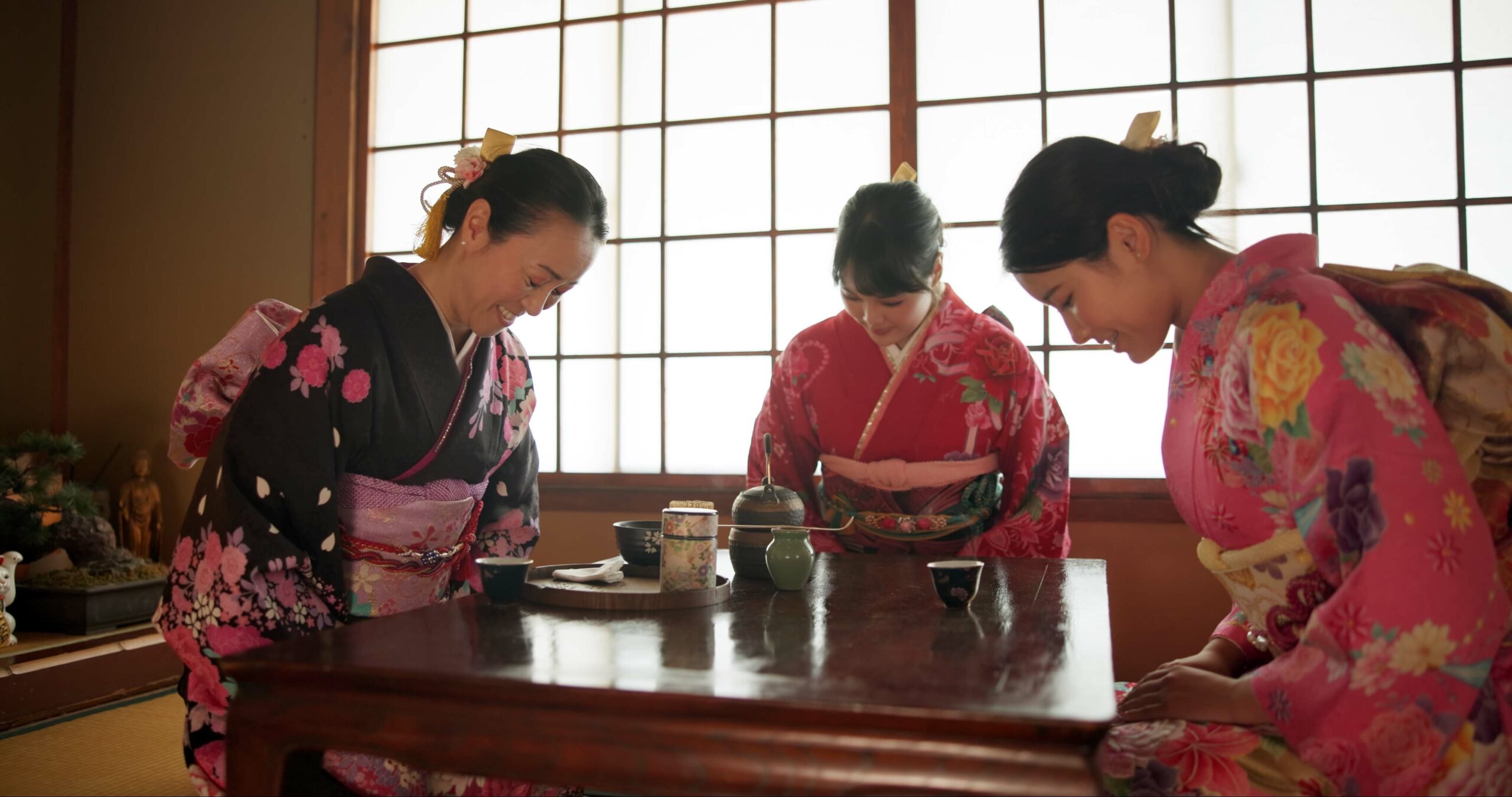
Don’t skip the queue🧑🤝🧑
In Japan, whether you’re boarding a train, ordering at a food stall, or entering an elevator, you’ll notice people lining up neatly and patiently, often without any verbal instruction or signage. It’s a quiet but powerful example of the Japanese value of “wa”.
Even at crowded train stations during rush hour, you’ll see orderly queues forming along clearly marked lines. There’s no pushing, no cutting, and no need for reminders. It’s understood that everyone is equally entitled to their turn.
As a traveller, joining the line is a simple but meaningful way to show respect and blend in with local customs. It may feel small, but queueing properly reflects something much bigger: the idea that courtesy and calm help things run smoothly for everyone.
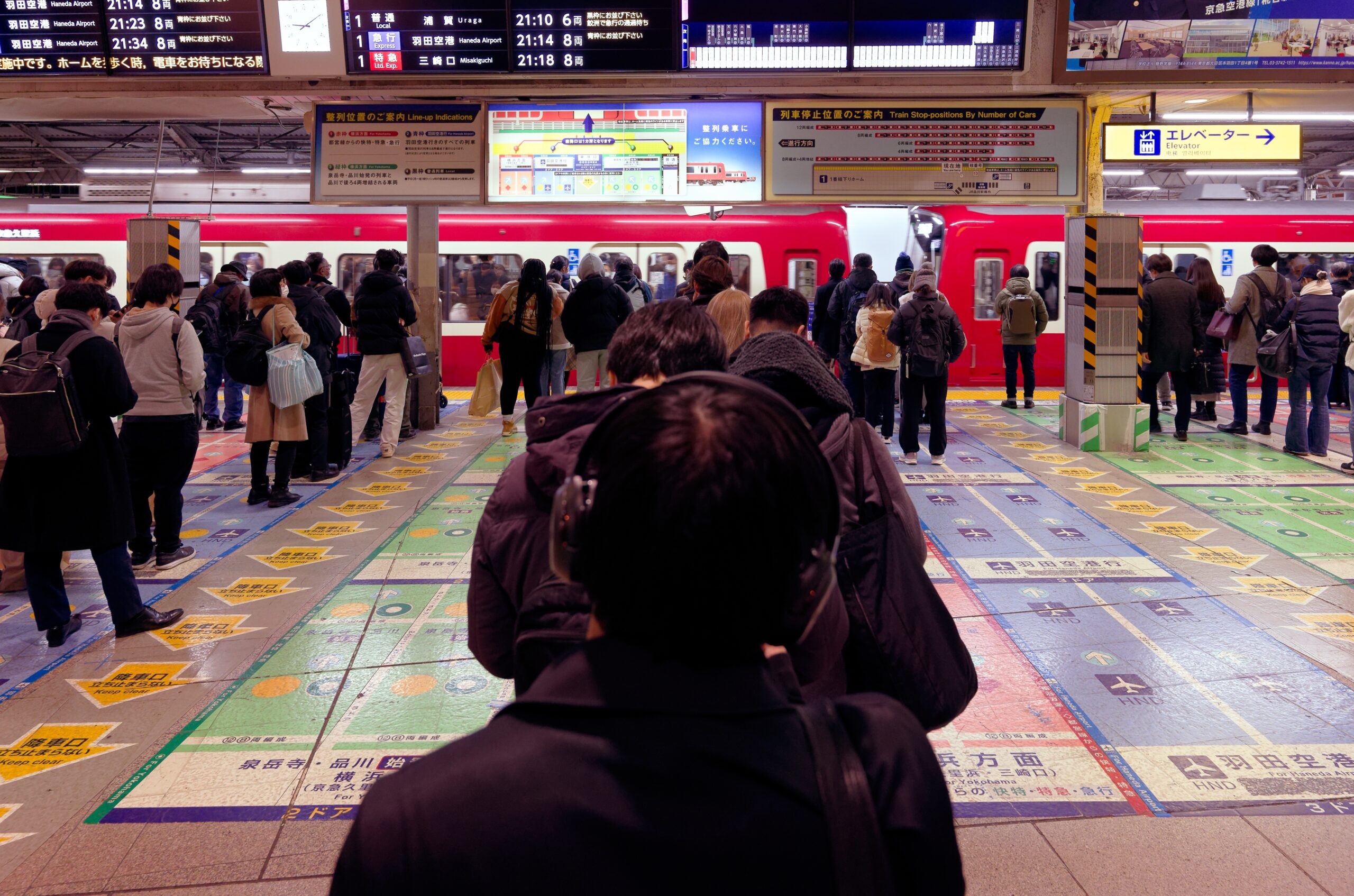
Do be quiet on public transit 🚍
Public transportation in Japan is impressively clean, punctual, and remarkably quiet. It’s customary for passengers to speak in low voices (if at all), and phone calls are considered disruptive. Most people spend their commute reading, sleeping, or quietly scrolling, creating a calm and respectful atmosphere even in the busiest rush hour. Noise is seen as something that intrudes on shared space, so keeping your voice down is simply a thoughtful habit.
As a traveller, try to avoid phone calls, keep conversations brief and soft, and use headphones if listening to anything. Even small efforts go a long way in showing respect, and they’ll help you enjoy the peaceful rhythm of Japanese daily life.
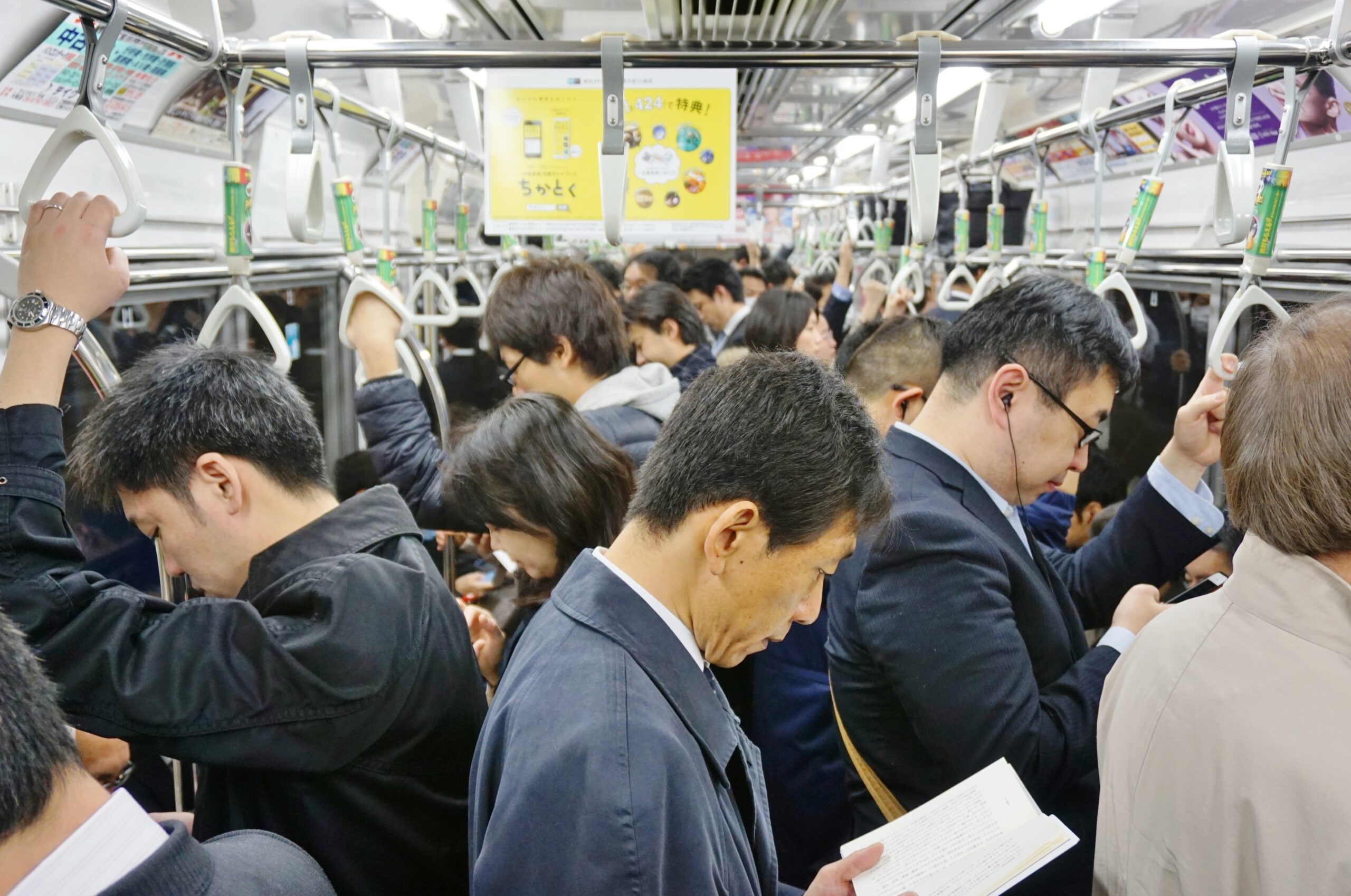
Don’t point 👈
In Japan, pointing with your finger is considered impolite, especially when directed at people. It can come across as too direct or even accusatory, which goes against the cultural emphasis on subtlety and respect.
Instead, locals gesture with an open hand or use a small nod or glance to indicate something. If you’re referencing a person, it’s more polite to say their name or gesture gently in their direction without pointing.
When in doubt, just use an open palm or let your curiosity be guided by gestures that are a little softer, a little quieter, and much more in tune with local customs.
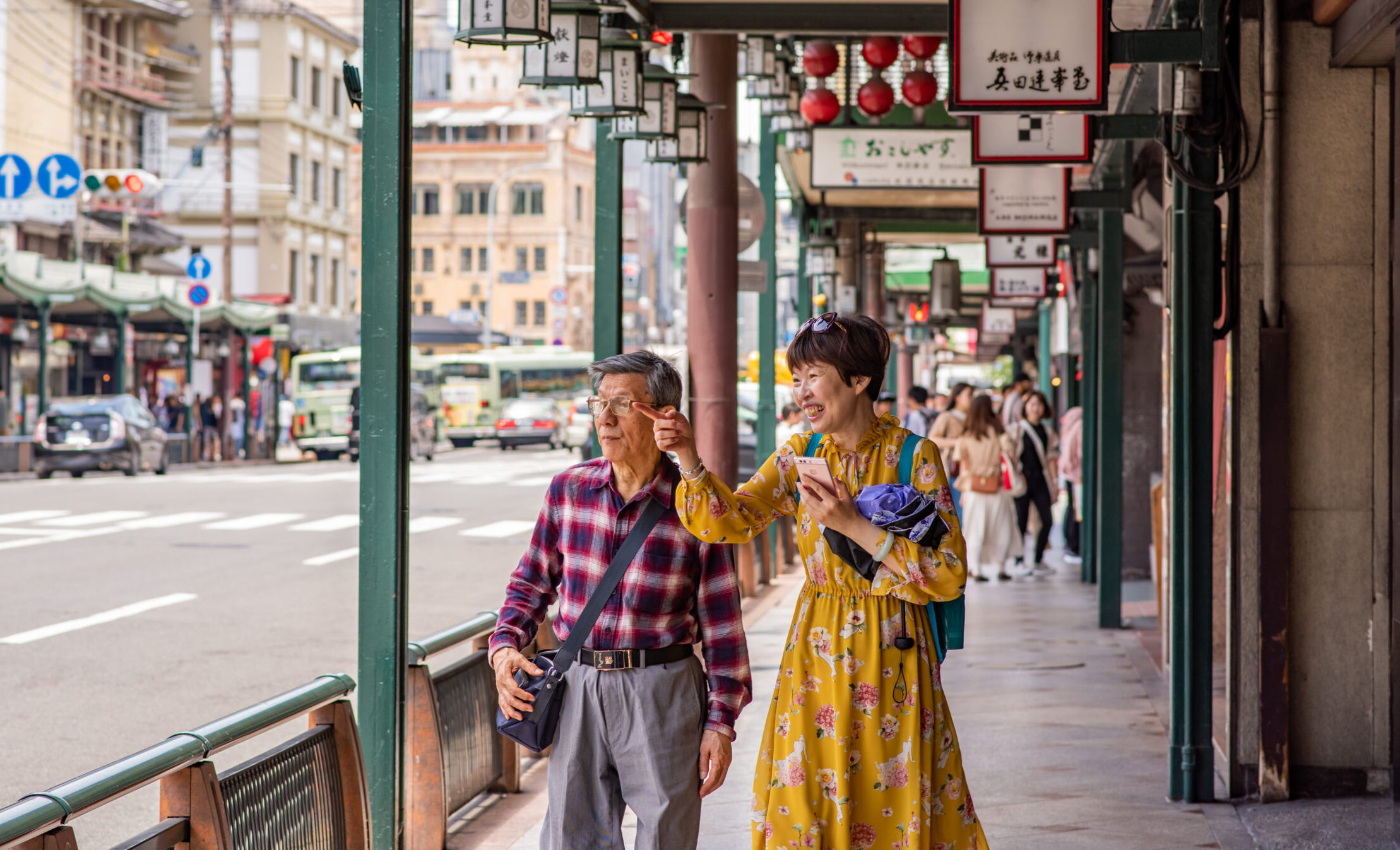
Do cover your tattoos 🫣
In Japan, tattoos can still carry a bit of a stigma, as they’ve traditionally been linked to organized crime groups. While this perception is changing, some hot springs and public bathhouses may kindly ask guests with visible tattoos to cover them or use a private bath.
If you do have a visible tattoo and plan on visiting a public bathhouse, it’s worth bringing a light cover, band aid, or patch just in case. Most places are very understanding, especially with respectful travellers.

Don’t eat while you walk 🍴
In Japan, eating while walking is generally discouraged, especially in public or residential areas. While you might spot the occasional exception near busy food stalls or festivals, the norm is to stand near where you bought your food, finish it neatly, and then continue on your way.
Why? It comes down to respect for shared spaces. Walking and eating can be seen as messy, inconsiderate, or inattentive to others, especially if crumbs, spills, or smells affect those around you. Even with something small like an ice cream cone, locals will step to the side or find a bench before taking a bite.
As a traveller, pausing to enjoy your snack isn’t just polite. It’s a chance to slow down and savour the moment, Japanese style.
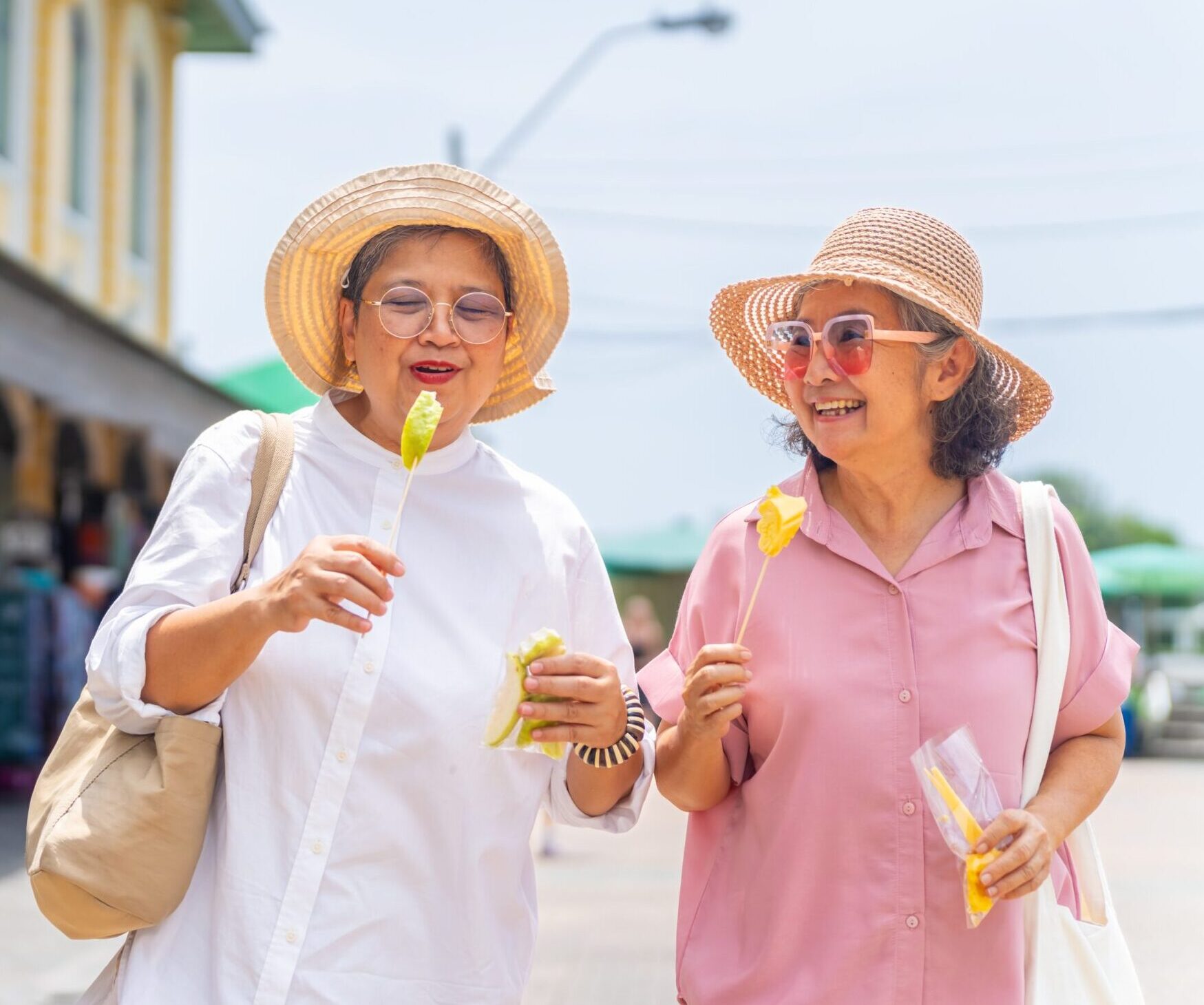
Do learn chopstick etiquette🥢
In Japan, chopsticks are tied to centuries of tradition and social etiquette. Using them properly shows both respect for the food and consideration for those around you.
How to hold chopsticks the right way:
1. Start with the bottom chopstick
Place it in the crook of your thumb and rest it lightly on the side of your ring finger. This chopstick stays still and acts as the support.
2. Hold the top chopstick like a pencil
Grip it with your thumb and index finger, just like you’re holding a pen. This chopstick does the moving.
3. Practice opening and closing
Only the top chopstick should move up and down. Use gentle pressure to pick up food.
✨ Pro Tip:
Keep the tips of the chopsticks even and aligned. This gives you more control and shows good etiquette.
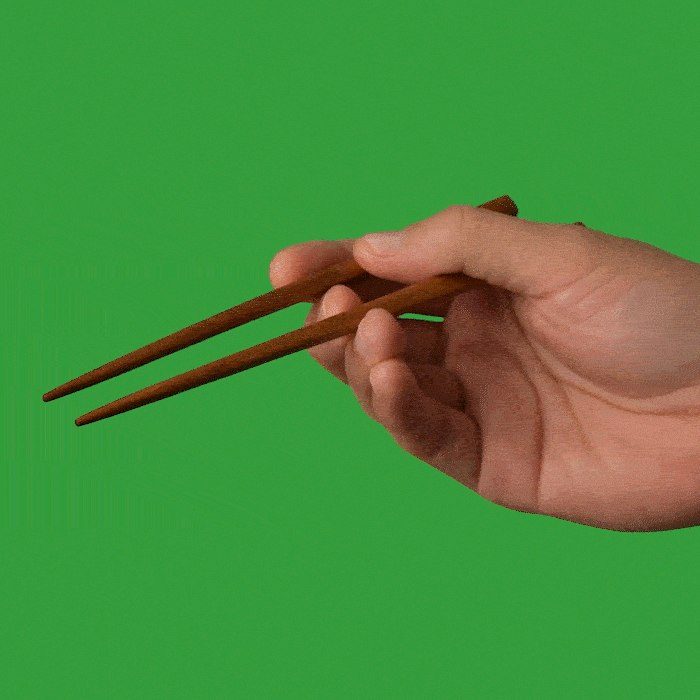
Some chopstick dos & don’ts:
Never stick chopsticks upright into a bowl of rice
this resembles a funeral ritual and is considered extremely bad luck.
Avoid pointing with your chopsticks,
waving them around, or using them to skewer food.
Don’t pass food from one set of chopsticks to another,
as this mimics another part of cremation ceremonies.
Slurping is considered perfectly acceptable
and even seen as a sign of enjoyment, but this only applies when eating noodles.
Show off your new knowledge on tour!
Timeless Japan
Time-honoured traditions blend with modern ingenuity in the land of cherry blossoms and stone gardens. Ancient temples cast shadows across neon-lit streets, while the Nozomi bullet train slices through the picturesque countryside. Watch golden pavilions sparkle against snow-capped Mount Fuji and let the haunting dawn prayers of Mount Koya’s monks transport you to another era. Run your fingers along Himeji Castle’s centuries-old walls, breathe in the steam of Hakone’s hot springs, and savour the complex umami of traditional sake, and fresh sushi. From Arashiyama’s crisp-scented bamboo forests to Kanazawa’s lantern-lit historic districts, each moment in Japan reveals how past and future dance in perfect harmony.
Departures: October & November 2025April, March & May 2026October 2026 (+$200)
